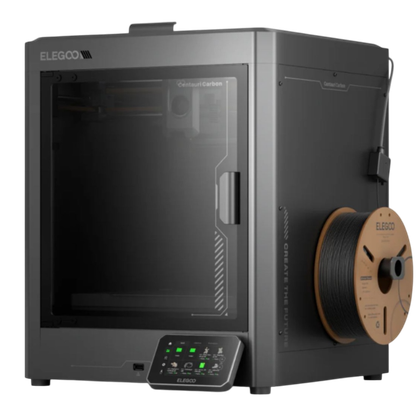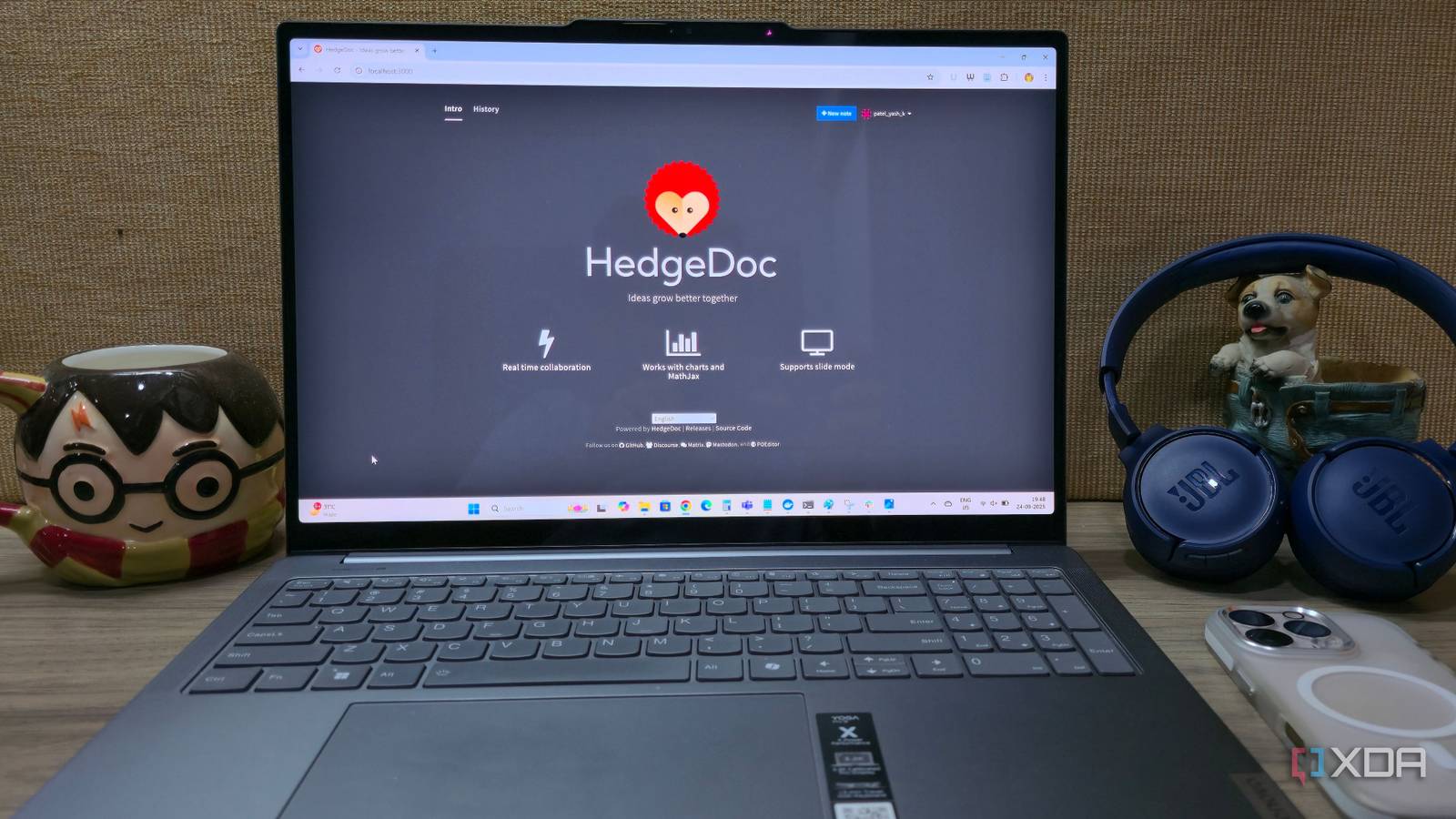3D printing isn’t just about cool models or fun gadgets. It can also be a serious money saver if you pick the right things to make. Over time, I’ve found that a few practical prints have paid for themselves several times over, and those small wins add up faster than you expect. These are just a handful of prints that provided the most value for the least cost, and they’re easy enough that almost anyone with a printer can create them.
Printing a phone stand or mount
Simple design, big savings on accessories
Phone stands and mounts are readily available online and in stores, typically ranging from $10 to $20 for a decent product. The reality is that you can print one for about a dollar’s worth of filament, and it will do the job just as well. The savings are immediate, and you’re not locked into one generic style. You can choose from minimal desktop stands, flexible folding options, or even car mounts designed specifically for your setup, which makes them far more versatile than what you’ll find at the store.
The best part is how customizable they are. If you have a thicker phone case or a wireless charger, you can tweak the design so it fits perfectly. That’s not something you get with mass-produced stands, which are built for a one-size-fits-all audience. Having the ability to scale or remix an existing design adds both comfort and function, making the printed version often more helpful than what you would have bought.
Each stand you print saves around $9 to $19, which adds up quickly if you want one in multiple rooms or cars. Once you realize how simple they are to make, you’ll probably never think about buying another stand again. The cost of filament becomes almost negligible when compared to the savings, especially when you consider multiple stands. Over time, this single type of print can pay for an entire spool of filament on its own.
Drawer dividers and storage bins
Custom organization without high retail cost
Keeping things organized can get surprisingly expensive. Commercial drawer dividers and storage bins often run between $5 and $15 each, and the cost grows quickly if you’re outfitting a whole desk, kitchen, or workshop. Printing your own bins costs between $0.50 and $2 each, depending on size, so the savings per piece usually fall between $4 and $13. It doesn’t take many prints before you’ve saved the price of a filament spool, and from there it’s just extra money in your pocket.
Another advantage is that you’re not limited to preset dimensions. With systems like Gridfinity or other modular designs, you can create a layout that exactly matches your drawers. That level of fit and customization isn’t available from most store-bought products, which tend to leave wasted space and awkward gaps. Printing organizers also lets you experiment until you find a layout that truly works for your needs, instead of forcing you to adapt to what’s sold.
Over time, outfitting a whole drawer or tool chest can save a surprising amount of money. Multiply a dozen organizers at $10 each versus a couple of dollars in filament, and you’re suddenly looking at well over $100 in savings. Since you can also reprint or resize them at any time, your storage can evolve with your needs. That kind of flexibility, combined with savings, makes this one of the most rewarding categories to print.
Raspberry Pi case prints
Protecting your Pi without spending $20
If you’ve ever shopped for a Raspberry Pi case, you know they usually sell for $15 to $25, especially if they include features like ventilation or camera mounts. Printing your own costs about $2 to $3 in filament, saving between $13 and $22 per case. Considering how many people own multiple Pis, that’s real money left in your pocket. It’s one of the most direct comparisons where printing clearly wins.
The customization here is where printing shines. You can choose from cases with extra airflow, specialized cutouts for HATs, or even themed enclosures that match your setup’s look. Whether you want a sleek, minimalist design or a fun, retro shell, you’ll find something printable that fits the bill. This level of variety is unmatched by the limited retail offerings.
The savings multiply if you’re building a cluster or maintaining several devices. Buying five cases at $20 each is a $100 expense, while printing them might cost under $15 total. That kind of difference makes 3D printing one of the most practical investments for Pi owners. Along with the savings, you also gain the satisfaction of designing or selecting a case that reflects your personality, making the project even more rewarding.
Cable organizers and clips
Taming cords for pennies on the dollar
Cable management is another area where printing pays off quickly. Store-bought organizers and clips usually cost $7 to $15 for a small pack. Printing your own in bulk costs only pennies per piece, maybe $0.50 for a batch. That means every set saves you between $6 and $14, and you can print as many as you need without worrying about buying more.
Flexibility is a big plus here. You can scale a clip to hold just one cable or design something for a whole bundle of wires. Specialized organizers can be attached to the side of a desk, mounted under a shelf, or even clipped onto your monitor. The options are nearly endless, and you’re free to experiment until you find exactly what works for your space.
Since cable clutter is everywhere, you’ll probably end up making these more than once. Over time, printing instead of buying continues to save you money. It also means you’re never stuck waiting on an order just to tidy up your workspace, which makes the savings feel even more immediate. With just a little planning, you can keep cords under control while also keeping more money in your wallet.
Replacement parts for everyday items
Fixing instead of buying new
Replacement parts might be the biggest money saver of all. Something as simple as a knob, bracket, or handle can cost $10 to $40 in stores, and sometimes the manufacturer forces you to replace an entire item instead of selling just the part. Printing your own usually costs between $0.25 and $3, which works out to $7 to $37 in savings each time. That difference alone justifies learning how to print or design your own replacements.
That gap only widens with larger repairs. A broken appliance bracket or furniture piece might otherwise necessitate replacing the entire item. With a 3D printer, you can download or design the part and restore the item for almost nothing. Even if it takes a couple of tries to get it right, the total cost still comes out far below what you’d spend otherwise.
The satisfaction factor is also important here. There’s a real sense of accomplishment in fixing something instead of tossing it out. Not only does it save money, but it also keeps items in use for longer and reduces waste. Printing parts is where 3D printing truly begins to feel like magic in everyday life, as it enables you to do something genuinely useful at a minimal cost.
How 3D prints add up to real savings
Each of these prints saves only a few dollars individually, but the savings add up quickly. Printing multiple stands, bins, organizers, and cases can easily save well over a hundred dollars, even before factoring in replacement parts. Once you start looking around your home, you’ll notice countless opportunities where printing makes more sense than buying. That’s when 3D printing turns into more than a hobby and starts paying for itself.

8.5/10
Build Volume 256x256x256 mm
Printing Speed 500 mm/s
Materials Used Carbon/Glass Fiber Reinforced Filaments/PLA/PETG/ABS/ASA/TPU/PET/PC/PA
Printing Acceleration 20,000 mm/s2
Capable of printing high-quality models without emptying your wallet, the Centauri Carbon is Elegoo's newest addition to the FDM space. Its Core XY design lets it hit fast print speeds, and you can operate every aspect of the Centauri Carbon from its responsive touchscreen display, Not to mention, its enclosed shell lets you print a variety of filament types.
.png)











 English (US) ·
English (US) ·